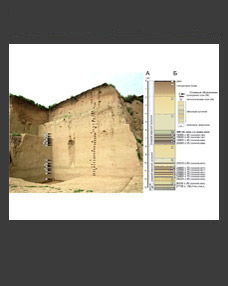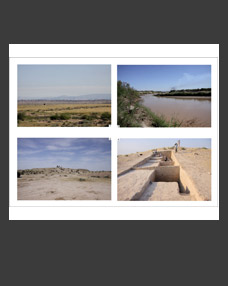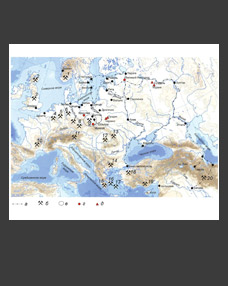Andrey M. Oblomskiy
Institute of Archaeology RAS, Moscow, Russia (oblomsky_a@rambler.ru)
Keywords: Early Slavs, sites of the Shapkino–Inyasevo type, sites of the Kahirka–Sedelki type, Roman Period, steppeforest part of the territory spanning from the valley of the Don river with its nearest tributaries to the Volga.
This paper deals with the cultural groups of the Early Slav population in the steppe-forest part of the territory spanning from the valley of the Don river with its nearest tributaries to the Volga in the 1st–4th centuries AD. The initial phase (the mid‑1st–2nd century) show the penetration of a group of the population of the Late Zarubintsy culture from the east of the left-bank Dnieper area and from the Seversky Donets basin. The cultural group of Shapkino–Inyasevo having emerged as a result of this spread in the basin of the Khoper river could conceivably spread further eastwards up to the Volga. Sites of the Inyasevo range existed up to the second half of the 3rd century AD. The later fate of this group is unclear.
It seems likely that in the late 2nd– the first half of the 3rd century AD the steppe-forest part of the valley of the Don river with its nearest tributaries was also inhabited by the population related to that of the Late Zarubintsy or early Kievan culture but this issue calls for further investigation.
A new cultural group on the Don – the sites of the Kahirka-Sedelki type – takes shape in the second third – the mid‑3rd century AD. The bearers of the Chernykhov culture characterized by the prevailing early Slav component represented by the Cnernyakhov antiquities of the Kievan tradition of the steppe-forest zone of the Dnieper valley penetrate to the Don basin. The majority of habitation sites of this group show traces of fires. It probably ceases to exist as a result of eastern campaigns of the Goths.







